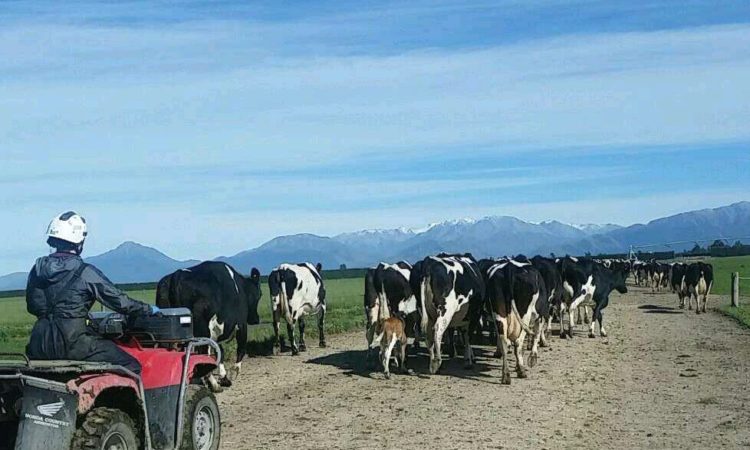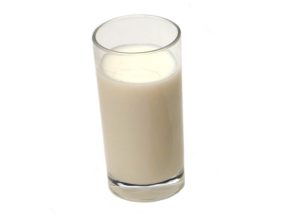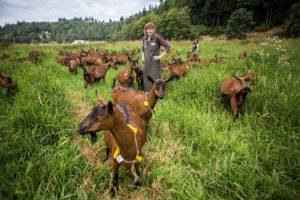These were two of the main points made by New Zealand dairy farmer and Dairy Holdings Ltd (DHL) chief executive, Colin Glass, during his presentation at the recent Ulster Grassland Society (UGS) annual conference.
Glass’s grandparents moved from a farm in Co. Antrim six decades ago to establish their own dairying enterprise on the outskirts of Canterbury on New Zealand’s South Island.
DHL is a dairy farming business comprising 76 farms at four locations on New Zealand’s South Island. The business is majority-owned by Kiwi shareholders with the business model anchored on the principle of producing as much milk from pasture as possible.
“This is our unique selling point,” Glass stressed.
Milk production in New Zealand is not about actual output; it’s all about making profit. And the evidence clearly points to the fact that profit is strongly linked to pasture production.
Milk Prices
Glass told the conference that milk prices in New Zealand had risen significantly over recent years.
“Profits have not. This is because our costs of production have also increased. The most obvious example of this is the enhanced concentrate feeding rates seen on the New Zealand dairy farms,” he said.
“So we have got to get back to basics and this means producing more pasture, more efficiently.
On DHL farms, the milk sold by the business is produced, almost exclusively, from pasture. Irrigation is used, when required, to boost grass growth.
Cows are out wintered on fodder beet. Under New Zealand conditions, beet crops yielding up to 25t of dry matter per hectare are common place.
Glass also confirmed that reducing compound feed intake rates is the route by which New Zealand’s dairy industry will met its greenhouse gas (GHG) reduction targets.
“Our first objective is to reduce methane output levels by 10% by 2030. And again, this is all about maximising our levels of milk output from pasture.”
Animal Health
Turning to animal health matters, Glass confirmed that the New Zealand dairy industry is in the throes of eradicating Mycoplasma bovis from the country.
“We don’t know how we got the problem in the first place, but the ongoing eradication programme is having the desired effect,” he said.
“The eradication of the disease will be a further selling point for New Zealand dairy products in countries around the world.”













